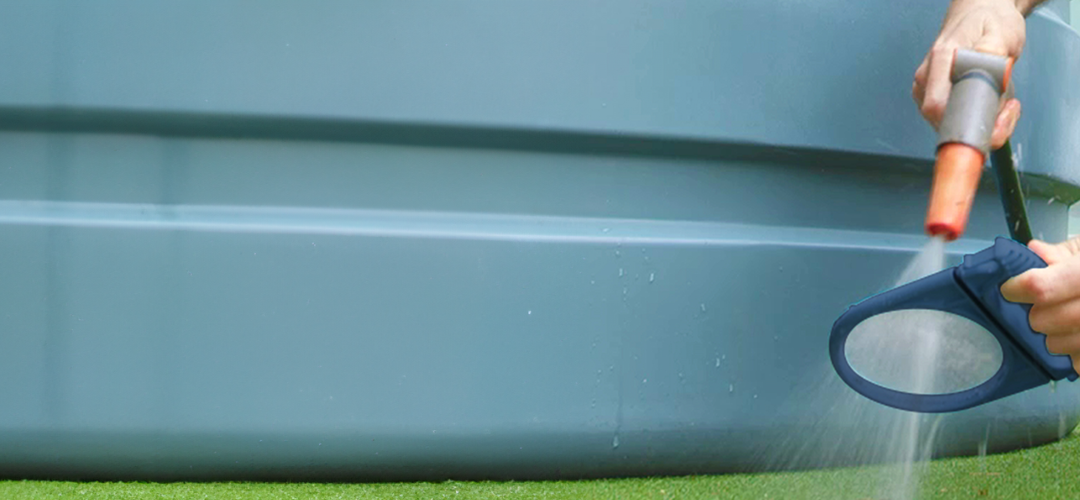Even the best rainwater collection system requires some maintenance. Once you’ve set up your system, you’ll need to monitor it closely after the first rainfall so you can understand how it all looks after having water run through each part of the system. At the most basic level, you need to ensure all the elements are connected properly and the water is able to flow through the system without leaking.
Initial Inspection
After the first rainfall, it’s essential to inspect your system to ensure everything is functioning correctly. Look for leaks, ensure all connections are secure, and observe how water flows through the system. This initial inspection will help you identify any immediate issues that need to be addressed.
Regular Maintenance Schedule
Different elements of your rain harvesting system will require inspection at different intervals. Establishing a regular maintenance schedule will help keep your system running efficiently. Here’s a guide on what to check and how often:
Filtering Leaves and Debris
The first key areas you want to inspect are any areas that have mesh, as these are the places where leaves and debris can accumulate over time.
Rain Heads: Check the screens and brush off any leaves. If you have a bucket-style or covered rain head, these will require more attention as leaves cannot shed from the mesh naturally during a rainfall event.
Other Mesh Areas: Inspect tank screens, overflows, and air gaps. Backwash them or brush them if necessary to remove any accumulated debris.
Clean Out Your First Flush and Valves
First Flush System: Check the outlet for any accumulation of debris. Open the unit, check the internal strainer, pull it out, and give it a backwash. Note how much debris has gathered to gauge future maintenance frequency.
Release Valves: Ensure there’s no obstruction. If you have a wet system with an automatic wet-dry valve, inspect and clean its strainer. If you don’t have an automatic valve, periodically drain your charged lines.
Final Stage Filtration System: This element should be checked more regularly as it is the last stage before end use. The filter cartridge should be switched approximately over every six months.
Building good habits will ensure it is easy to keep your rain harvesting system performing at its best. When your system is built with the right products, it will make maintenance easier. A few minutes invested at regular intervals will go a long way to keep your system running smoothly.
While this is individual to each property, it is recommended to do periodic checks more regularly in the initial months after installing your system, and then from there, you can adapt based on your findings.
Maintaining your rain harvesting system is crucial to ensure it operates efficiently and effectively. Regular inspections and cleaning of mesh areas, first flush systems, and final stage filters will help prevent blockages and keep your system in top condition. Establish a regular maintenance schedule and adapt it based on your system’s needs and your observations.
By investing a little time in regular maintenance, you’ll ensure your rain harvesting system continues to provide clean water, reduce maintenance hassles, and enhance the longevity of your setup.
For a detailed maintenance checklist to keep your rain harvesting system in optimal condition, download our comprehensive Maintenance Checklist. It provides step-by-step guidance on maintaining each part of your system effectively. Download it now and keep your system running smoothly.

